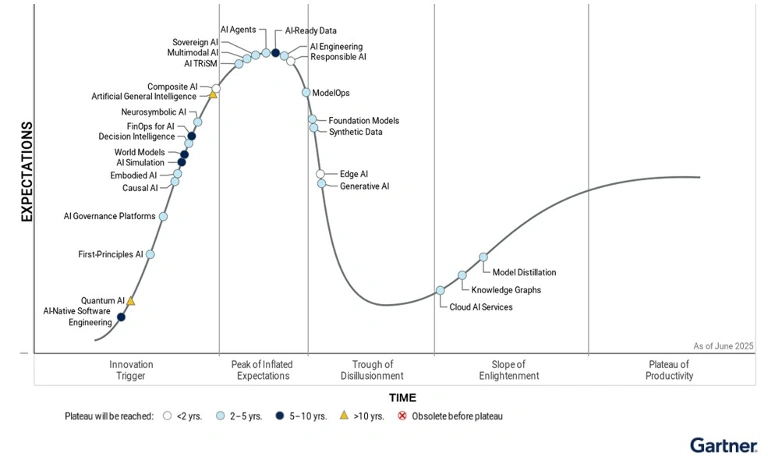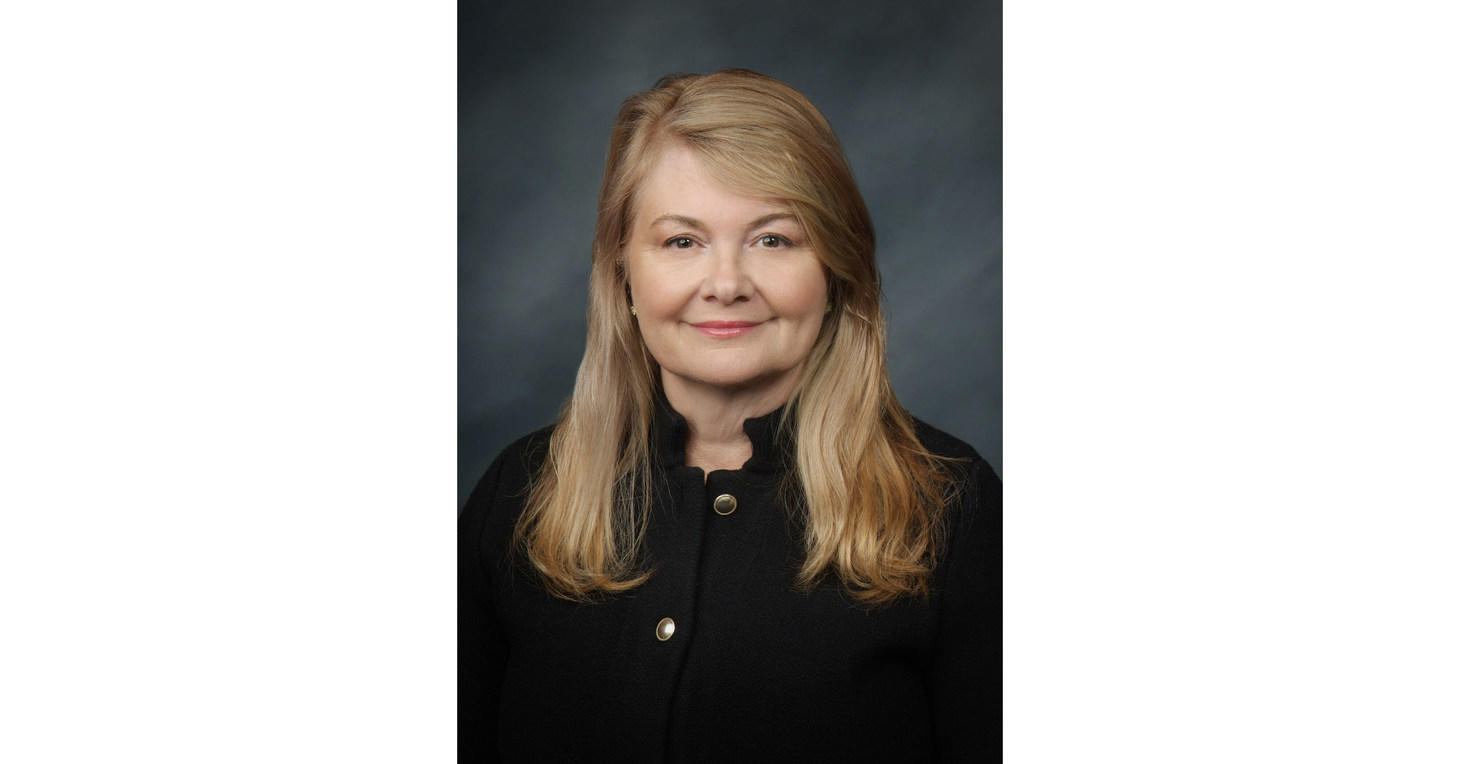News
Commissioner Lara Announces Major Reforms to the Intervenor Process, Enhancing Transparency and Accountability in Rate Reviews
Proposed regulations will reform intervenor process, requiring the disclosure of hidden costs to consumers and establish clear rules and guidelines
Insurance Commissioner Ricardo Lara today announced significant reforms aimed at modernizing California’s insurance market. The proposed regulations seek to enhance transparency, fairness, and accountability in the rate review process under Proposition 103.
By clarifying the state’s unique intervenor process, these reforms will, for the first time, protect consumers from hidden fees, establish clear guidelines for intervenor participation, and strengthen oversight of the administrative hearing system to prevent unnecessary delays.
“Consumers are frustrated with hidden fees, especially when insurance costs are already exorbitant and unaffordable for many. California’s insurance crisis demands tough decisions and accountability from everyone involved – insurance companies, intervenors, and the Department itself,” said Commissioner Lara. “To stabilize our market, we need a rate review system that delivers timely, fair, accurate, and thorough decisions, rather than one that gets bogged down in process or delays real solutions.”
Under Prop. 103, passed by voters in 1988, the Insurance Commissioner is responsible for ensuring that consumers do not pay more to insurance companies and intervenors than is legally justified. The proposed regulations will clarify how intervenor participation is objectively evaluated and compensated, ensuring that consumers, policyholders, and taxpayers only fund substantial contributions to the public interest. Additionally, the regulations will make the process more open and accessible, preventing any single group from monopolizing the intervenor process.
Research
2025 U.S. Home Insurance Study | J.D. Power
Amica Ranks Highest in Homeowners and Renters Insurance Segments
Almost half (47%) of homeowners insurance customers in the United States have experienced a premium increase in the past year, the highest rate of insurer-initiated rate raises in more than a decade, according to the J.D. Power 2025 U.S. Home Insurance Study,SM released today. The phenomenon is even more pronounced among high lifetime-value customers,[1] causing increased likelihood of customer defection and loss of critical long-term revenue streams.
“In a year marked by inflation, severe weather and tightening reinsurance markets, home insurance premiums have risen sharply in many parts of the country. While these increases often reflect real cost pressures, they’re also eroding trust and driving customers to shop for alternatives,” said Craig Martin, executive director, global insurance intelligence at J.D. Power.
“The issue is particularly acute in the high-value customer segment, where 49% of customers have experienced an insurer-initiated rate increase. These customers represent the most profitable segment of the property and casualty insurance market, and they are far more likely to take their business to a competitor when they experience repeated rate increases.”
Following are some key findings of the 2025 study:
- Rising premiums erode customer loyalty: Among homeowners insurance customers who experienced a premium increase and say they are unlikely to renew, 43% cite the recent price hike as the reason for switching. Customers who experience an insurer-initiated rate increase also have significantly lower levels of trust in their insurer and are less likely to say their insurer is easy to work with.
- High-value customer relationships at risk:
- Proactive communication can offset negative effects of rate increases: COMPLETE PRESS RELEASE
Sharpest Drop in U.S. Road Deaths Seen Since 2008: NHTSA
Early traffic fatality estimates in the first half of 2025 project a significant decline (8.2 percent) in roadway deaths, marking the largest first-half reduction since 2008, according to preliminary figures released by the National Highway Traffic Safety Administration.
An estimated 17,140 people lost their lives in motor vehicle crashes from January through June 2025, down from 18,680 fatalities during the same period in 2024.
“These preliminary figures are encouraging and reflect NHTSA’s close collaboration with state and local partners, especially law enforcement, to improve safety on our roads,” NHTSA Chief Counsel Peter Simshauser said. “But even as we see progress, these numbers are far too high, and we remain focused on reducing traffic fatalities even further.”
The decline in deaths occurred even as vehicle miles traveled increased by 12.1 billion miles during the first half of 2025. As a result, the fatality rate per 100 million vehicle miles traveled dropped to 1.06, down 8.6 percent from 1.16 in the same period last year. This represents the lowest mid-year fatality rate since 2014.
Additionally, 38 states, along with the District of Columbia and Puerto Rico, are projected to show decreases in traffic deaths. Only 11 states are projected to see increases, while one state remains unchanged.

New Report: Distracted Driving Raises Crash Risk by 240% — A New Action Plan for States to Reduce Risk | Governors Highway Safety Association
GHSA and CMT encourage use of predictive data to stop crashes before they happen
Drivers who use their phones behind the wheel are 240% more likely to crash, according to a new report released today by the Governors Highway Safety Association (GHSA) and Cambridge Mobile Telematics (CMT). The report, A Data-Driven Action Plan for Safer Roads, urges public officials to support and advance predictive analytics to prevent traffic deaths before they happen, marking a fundamental shift in how road safety is approached.
With more than 200,000 deaths on U.S. roads since 2020, the report presents one of the clearest cases yet for moving from reactive safety strategies to proactive ones powered by data and AI. As the report underscores, crashes can be both predicted and prevented with the right resources and data. This action plan emphasizes that these tools – which the insurance industry has proven accurate through decades of refinement – can now be leveraged to make roads safer for everyone.
"This is an action plan to prevent crashes – not just respond to them," said Jonathan Adkins, GHSA’s Chief Executive Officer. "We have the tools to save thousands of lives. What we need now is action. The advanced analytics we outline are validated, predictive, and provide a level of foresight that past generations of safety leaders could only imagine. This is a call for government, community, and corporate leaders to work together to help us move boldly into a new era of road safety."
AI in Insurance

AI Could Break the Garter Hype Cycle
As we live in an era of technological boom it is increasingly difficult to separate hype from reality. With so many breakthroughs in medicine, space exploration and even autonomous driving it is not advisable to bet against even the boldest of efforts. So, perhaps humans will indeed live on Mars one day. In recent times the naysaying against hype is generally about the when it will happen lesser about the if it will happen.
The P&C insurance space has seen its share of hyped concepts like blockchain and virtual reality but none as much as the recent exuberance for AI. And for good reason. Insurance practices are all much about information gathering and validation whether for underwriting, claims or risk management. Actuarial mathematic sciences are applied for trending and pricing. And a host of other internal functions and external processes are just a few ways to describe insurance at-a-glance. All of which may benefit from AI tools and agents near- term and into the future. Insurance talent shortages, high costs of insurance for consumers and businesses, changing risks, demand for loss prediction and prevention are just some of the bigger challenges in which AI may come to the rescue.
The Gartner Hype Cycle
Most of us are familiar with The Gartner Hype Cycle, a visual model that illustrates the maturity, adoption, and social application of a new technology, charting its progression through five key phases. It provides a framework to guide technology investments by showing when a technology's actual value becomes clearer, helping organizations reduce risks and make informed decisions about when to adopt emerging technologies. As valuable as it has been, the arrival of AI technologies may challenge its relevancy.
Stephen Applebaum & Alan Demers
Inside Plymouth Rock’s Push to Modernize Claims with AI
Generative AI is accelerating claims modernization at Plymouth Rock, cutting training times, strengthening FNOL, and transforming customer interactions.
“We’re at a really big inflection point for the industry, more so than we’ve ever been at,” says Andrew Leeds, Chief Claims Officer for Homeowners’, Plymouth Rock Assurance (Boston). He recalls starting out in an era defined by paper files, with the mantra that “if it’s not in the file, it doesn’t exist.
” Over the decades, those files have moved from cabinets to PCs to the cloud, but the process has remained the same: a massive store of unstructured data, largely unreadable by machines. “What Gen AI does for us—it’s the ‘unlock,’” Leeds says. “We have unintentionally built a perfect repository for Gen AI to tap into.”
For homeowners claims, the change could be transformative. Leeds emphasizes that most policyholders have never filed a claim before and often find the process confusing and unwelcome.
“When you think about that customer, it’s giving them peace of mind,” he says. “You want to set really good expectations about what’s going to happen at the beginning of the claim and at every single interaction.” Historically, adjusters relied on years of experience to manage that process effectively.
“The adjuster of the past had a 12-, 24-, or 36-month time to proficiency,” he explains. “Gen AI paired with a good claim system shortens that road to proficiency by 50 percent, by 75 percent. That means they can get that wisdom faster and become the best adjusters you could want in a really short period of time.”

Where should MGAs leverage Agentic AI today?
Managing General Agents (MGAs) hold an advantage over traditional insurers, filling gaps in coverage and offering the agility and innovation the market requires. The demands are significant: achieve more with less, maintain strong broker and capacity relationships, and keep the submission-to-bind process efficient.
Yet technology, and AI in particular, has not always delivered on expectations. According to an MIT report from July, enterprises have invested $30–40 billion in GenAI, but 95% report zero return. Executives are cautious. They look for trusted vendors, tools that integrate with existing workflows, clear boundaries on data use, and systems that improve with time. What they often experience instead are fragmented tools and pilots that fail to yield results.
For MGAs, value comes from AI applied to real pressure points. With the right foundation, it is possible to speed up submission-to-quote, refine pricing models more quickly, protect rate adequacy at the point of pricing, and capture data in a way that strengthens broker and capacity conversations.
What Should a Great Technology Stack Help an MGA Achieve?
The critical question is whether an MGA’s technology stack strengthens agility and credibility, or whether it is constrained by legacy systems and outdated practices. Spreadsheets, disconnected tools, and fragmented data limit the ability to build a portfolio asset, review historical performance, and generate reporting that highlights opportunities.
Artificial intelligence and automation have become central to an MGA’s ability to:
- accelerate submission-to-quote turnaround for brokers and partners
- deploy and refine pricing models at speed
- protect rate adequacy at the point of pricing
- capture insights that help adapt product design to emerging risks
InsurTech/M&A/Finance💰/Collaboration
H&F-backed auto repair firm Caliber plans IPO as soon as 2026 - Bloomberg By Investing.com
Caliber Holdings Inc., an auto collision repair company backed by Hellman & Friedman, is considering an initial public offering that could happen as early as next year.
The Lewisville, Texas-based company is working with Bank of America Corp. and Goldman Sachs Group Inc. on the potential IPO, with JPMorgan Chase & Co. also involved in the deal, according to Bloomberg, citing people familiar with the matter.
Caliber, which owns brands including Caliber Collision and Caliber Auto Glass, has already filed confidentially for a listing with the U.S. Securities and Exchange Commission, as announced in July.
The IPO could raise several hundred million dollars, though the exact details of the listing may still change and more banks might be added to the process.
Caliber Holdings operates in the auto repair sector, providing collision repair and auto glass services through its various branded operations.
This article was generated with the support of AI and reviewed by an editor. For more information see our T&C.
Announcements
ServiceTitan and Xactimate™ Integration ‒ Coming Summer 2026!
ServiceTitan customers can join our waitlist today to stay informed on updates and receive early access when available.
Key Features ㅤㅤㅤㅤㅤㅤㅤㅤ - Connect Xactimate™ estimates with ServiceTitan - Send estimates from ServiceTitan directly into Xactimate™ in the format carriers expect, and pull approved scopes and line items back in automatically. That means no double entry, fewer mismatches, and less risk of denied claims or supplements. - Insurance job management. Keep every Xactimate™ estimate, revision, photo, and approval together in ServiceTitan, so sales, office, and production work from the same record. Everyone sees the same status and claim history, reducing confusion and missed steps. - Integrated documentation
Upload photos, forms, and notes once and they’re linked to the claim and included in submissions automatically. Cleaner, more complete packages mean faster carrier approvals and smoother audits.
Today

Autumnal equinox 2025 brings fall to the Northern Hemisphere on Sept. 22 | Space
Here's what happens as the direct rays of the sun slip south of the equator as the seasons change.
When is the first day of fall in 2025? A carefully worded answer is that on Monday, Sept. 22, at 2:19 p.m. Eastern daylight time (11:19 a.m. Pacific daylight time) autumn begins astronomically in the Northern Hemisphere, and spring in the Southern. At that moment, the sun would be shining directly overhead as seen from a point in the equatorial Pacific Ocean, 1,320 miles (2,124 km) south-southeast of Acapulco, Mexico.
Twice each year — around March 20 and Sept. 22 — the sun is said to "cross the equinoctical, or cross the line," that line, of course, being the equator. These two dates are called an equinox, from the Latin for "equal night," alluding to the fact that day and night are then of equal length worldwide.
But this is not necessarily so.

Rosh Hashanah 2025: What to know about one of Judaism's holiest days
Rosh Hashanah — the Jewish new year — marks the creation of the world. It also marks the beginning of the Jewish High Holy Days. It starts tonight
- Rosh Hashanah, the Jewish new year, marks the creation of the world and begins the High Holy Days.
- The holiday is a time for reflection on the past year and hope for the coming one.
- Celebrations often include special prayers, community gatherings, and blowing a ram's horn called a Shofar.
Rosh Hashanah is one of Judaism's holiest days.
Meaning “head of the year” or “first of the year,” Rosh Hashanah — the Jewish new year — marks the creation of the world. It also marks the beginning of the Jewish High Holy Days leading up to Yom Kippur, the Jewish day of atonement.
Rosh Hashanah is translated from Hebrew to mean the “head” of the year. It’s commemorated with special prayers, foods, gatherings and more.
What to know about Rosh Hashanah: One of the most significant Jewish holidays is here
People

Frankenmuth Insurance Names CEO-Elect
Frankenmuth Insurance is pleased to announce that the Board of Directors has named Dawn Jaffray as CEO-Elect to succeed CEO Fred Edmond upon his retirement in late 2026.
Jaffray currently serves as Senior Vice President, Chief Financial Officer, and Treasurer of Frankenmuth Mutual Holding Company and its subsidiary companies. She serves on the Executive Committee of all companies, as well as the Reinsurance, Retirement, Investment, and Political Affairs committees. In addition, Jaffray plays a vital role with the Frankenmuth Insurance Foundation, where she serves on the Board of Directors, is an officer and member of the Executive Committee, and is Chair of the Investment Committee.
A visionary leader with deep roots in finance and a passion for excellence, Jaffray leads all accounting, finance, and investment functions. She provides guidance and oversight of internal audit; is actively involved in reinsurance, corporate strategy, and enterprise risk management; and reports financial performance to the Board of Directors.
She joined the company on December 4, 2023, bringing more than 30 years of experience in public and private companies, leading all aspects of insurance finance in the property and casualty, surety, and life insurance sectors. Her prior insurance company roles have included serving as Executive Vice President and Chief Financial Officer for both CopperPoint Insurance Company and UFG Insurance, Senior Vice President at C.N.A. Insurance, and senior finance leadership roles at Progressive Insurance.
